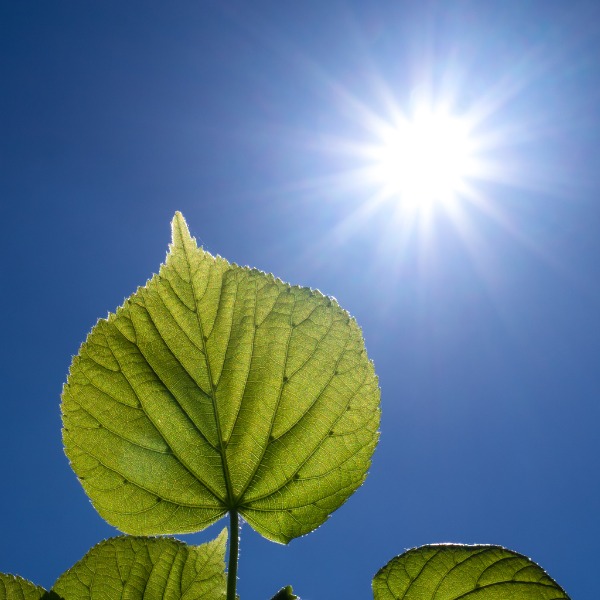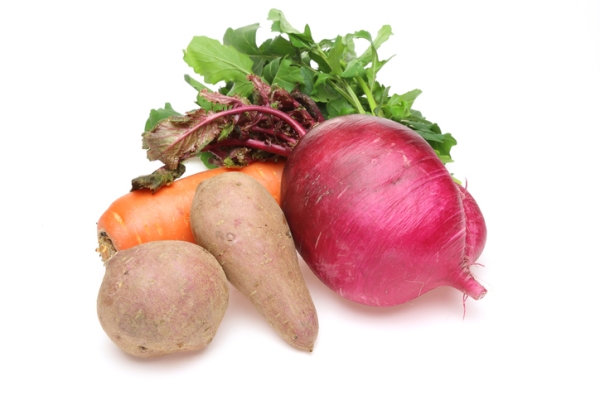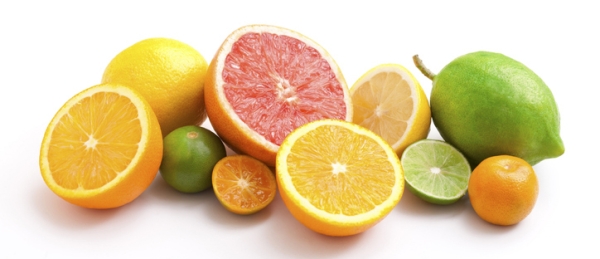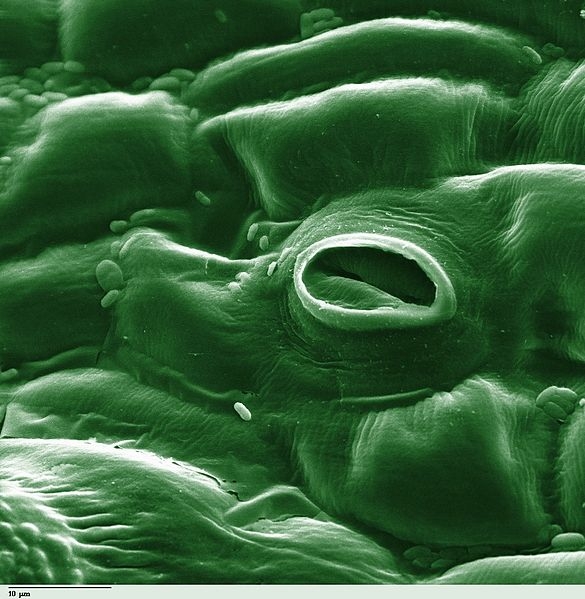Plant Functions

Leaf and the Sun (pictureimpressions, iStockphotos)

Leaf and the Sun (pictureimpressions, iStockphotos)
How does this align with my curriculum?
Learn about the important plant functions of photosynthesis, respiration and transpiration
Plants have an important feature that makes them different from other organisms. They are autotrophs. This means that they can make their own food. Plants make their own food using inorganic materials through a process known as photosynthesis. Humans and other animals are heterotrophs. This means that they get their food from outside of themselves.
Photosynthesis
Photosynthesis is the process in which plants convert light energy captured by chloroplasts to chemical energy. They use this energy to live, grow and reproduce.
Chlorophyll pigments in the chloroplasts combine water and carbon dioxide (CO2) from the air to form carbohydrates. Carbohydrates are molecules, which store energy in their chemical bonds. Carbohydrates are compounds that include simple sugars, such as glucose and sucrose.
Process of photosynthesis (Let’s Talk Science using an image by lv_design via iStockphoto).
Did you know?
Sucrose is better known as table sugar. This is the granulated sugar you might use at home.
Carbohydrates also include complex sugars such as cellulose and starch. Cellulose is the main building block of cell walls. Starch is an important storage molecule.

Image - Text Version
Shown is a colour photograph of a pile of root vegetables.
The pile is arranged in the centre of a plain white backdrop. Two pale brown potatoes are on the front left. Two purple beets are on the front right. A large orange carrot is at the back. The long green and purple leafy tops of the carrot and beets are piled behind.

Image - Text Version
Shown is a colour photograph of a pile of citrus fruit.
The pile is arranged along a plain white backdrop. Some fruit is whole, and some is sliced in half. All of it is brightly coloured in orange, yellow, pink and green.
Respiration
Respiration is the opposite of photosynthesis. In the first step of this process, oxygen reacts with sugar in a plant cell. This releases the sugar’s stored chemical energy. The energy is transferred to a new molecule called ATP (adenosine triphosphate). The ATP molecule is transported throughout the cell where it can be used by various organelles. The process of respiration releases carbon dioxide and water. Unlike photosynthesis which can only happen when there is light, respiration can happen both with and without light.
Transpiration
Transpiration is the term for the evaporation of water from the surface of leaves and stems. It is an important part of both photosynthesis and respiration.

Image - Text Version
Shown is a colour photograph of a leaf, through a microscope.
The whole image shows a dark green surface with soft swells and waves, like water about to boil. In the centre of one swell is an oval opening stretched open. It has a pale green, rounded edge, almost like a mouth.
Did you know?
Not only can stomata let out water, they can also let in the CO2 needed for photosynthesis.
In addition to having stomata, leaves are covered by a waxy cuticle. This covering helps prevent water loss.
Plants that live in very dry habitats have additional adaptations to help reduce water loss. For example, desert plants have thicker cuticles than plants growing in wetter places.
Did you know?
Up to 90 percent of the water taken up by roots may be lost by leaves through transpiration.

Image - Text Version
Shown is a colour photograph of a cactus plant in the desert.
The camera is close to the plants in the foreground. The leaves are shaped like upside-down tear drops. They are pale green, thick, flat, and pictured with fine spikes. Bright pink, egg-shaped structures are attached along the curved, top edges of each one.
In the background, the land is pale brown with a few green trees and shrubs. The sky above is bright blue with wispy clouds.
Did you know?
Roots do not PUSH water up a plant, transpiration in the leaves PULLS water upward from the roots!
Not only does transpiration cool plants, it also cools the air around plants. When the air around plants gets warmer, plants will often release water through transpiration. By releasing evaporated water, plants cool themselves and the surrounding environment. More water in the air leads to more clouds which can cool the air even more by blocking sunlight.
Plant Processes and Climate Change
The rates of photosynthesis and transpiration are closely tied to what is going on in Earth's atmosphere. The atmosphere is a blanket of gases that surround the planet. Some of these gases are greenhouse gases. They trap heat, like the walls of a greenhouse. This is called the greenhouse effect. The greenhouse effect is causing the atmosphere to become warmer.
Warmer air causes plants to transpire more, just like when you sweat on a hot day. This is not a problem as long as plants can bring in enough water from their roots. If they cannot, stomata close and transpiration shuts down. Plants can then overheat and even die. In addition, if the plants no longer cool the neighbouring air, it becomes even warmer. If stomata are closed, CO2 cannot enter the plant and photosynthesis cannot occur.
One of the main greenhouse gases is CO2. As you have learned, CO2 is necessary for photosynthesis. When there is more CO2, there is more photosynthesis. So it would seem that more CO2 should be good for plants. But things are trickier than that. The rate of photosynthesis is closely connected to the amount of water plants can access. So, to grow the best, plants need good amounts of both water and CO2.
Learn More
What is Transpiration in Plants? (2021)
This video (3:00 min.) explains the role of transpiration in plants.
Leaf Transpiration Experiment (2019)
This video (2:17 min.) has an experiment you can do about transpiration.
Photosynthesis experiment (2016)
This video (2:01 min.) shows you have to do a simple photosynthesis experiment at school or at home.
References
Crash Course. (2012). Plant cells: Crash Course biology #6.
Energy Education (n.d.) Transpiration.
Forster, M. (June 17, 2015). Can CO2 influence plant transpiration and biodiversity? CO2meter.com
Kirschbaum, M. U. F. (May 2004). Direct and indirect climate change effects on photosynthesis and transpiration. Plant Biology 6(3): 242-253
NASA Earth Observatory (May 6, 2002). How Plants Can Change Our Climate.
Rader's Biology 4 Kids. (n.d.). Photosynthesis.
Virginia Cooperative Extension. (n.d.). 4-H virtual forest.
Wonderville.ca. (n.d.). Photosynthesis. Science Alberta Foundation.
University Corporation for Atmospheric Research (n.d.) The Water Cycle and Climate Change.